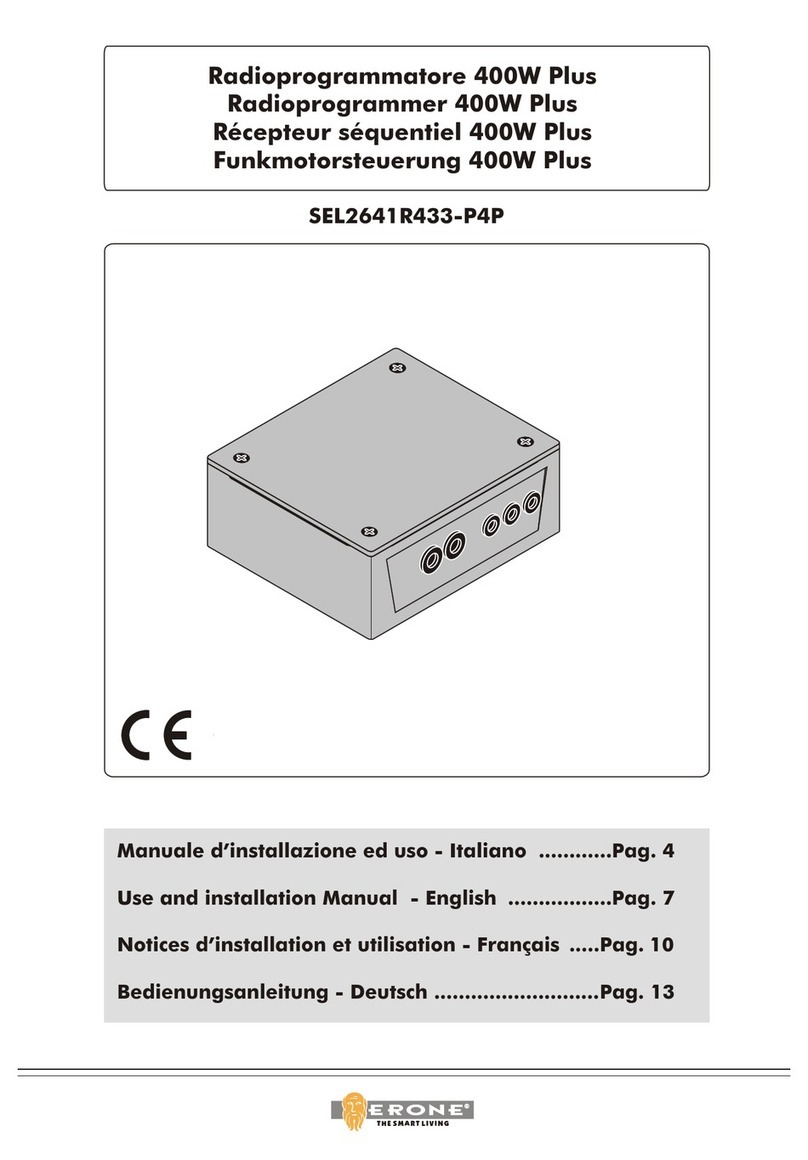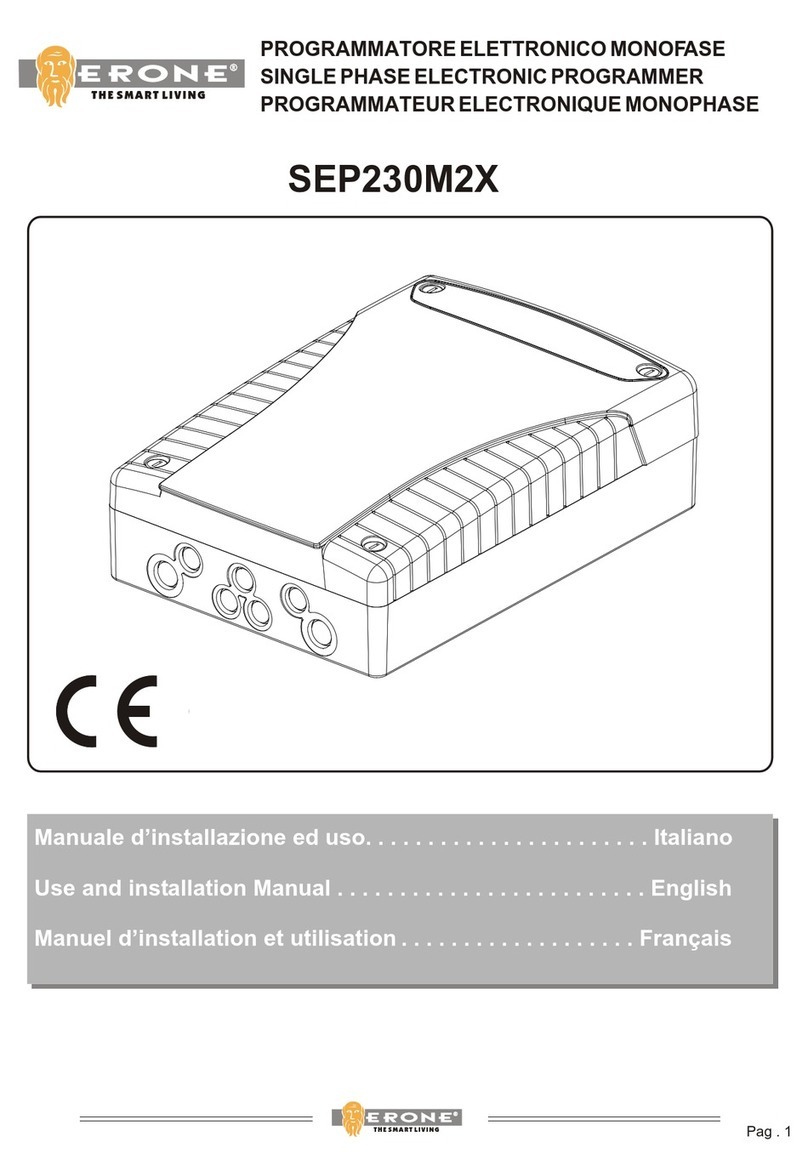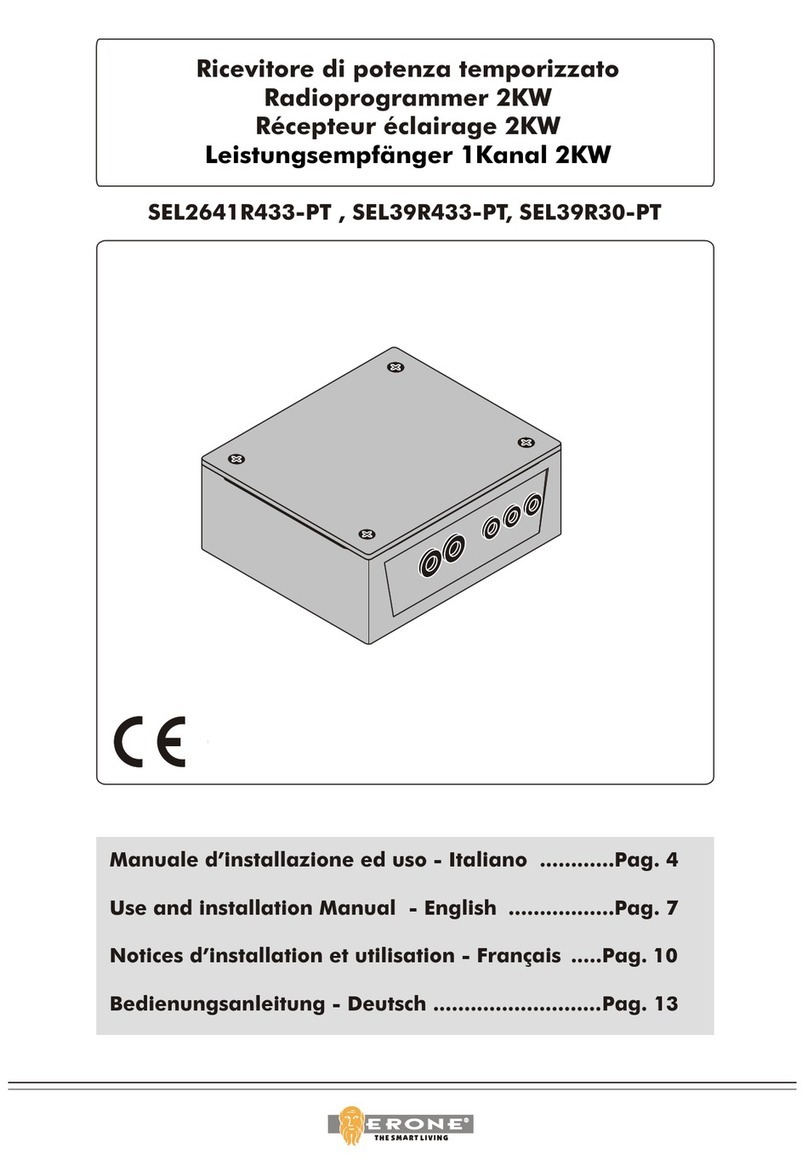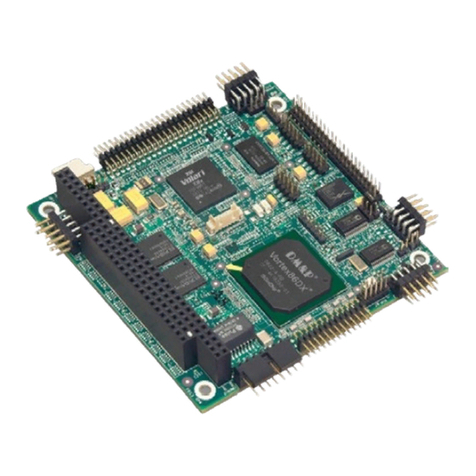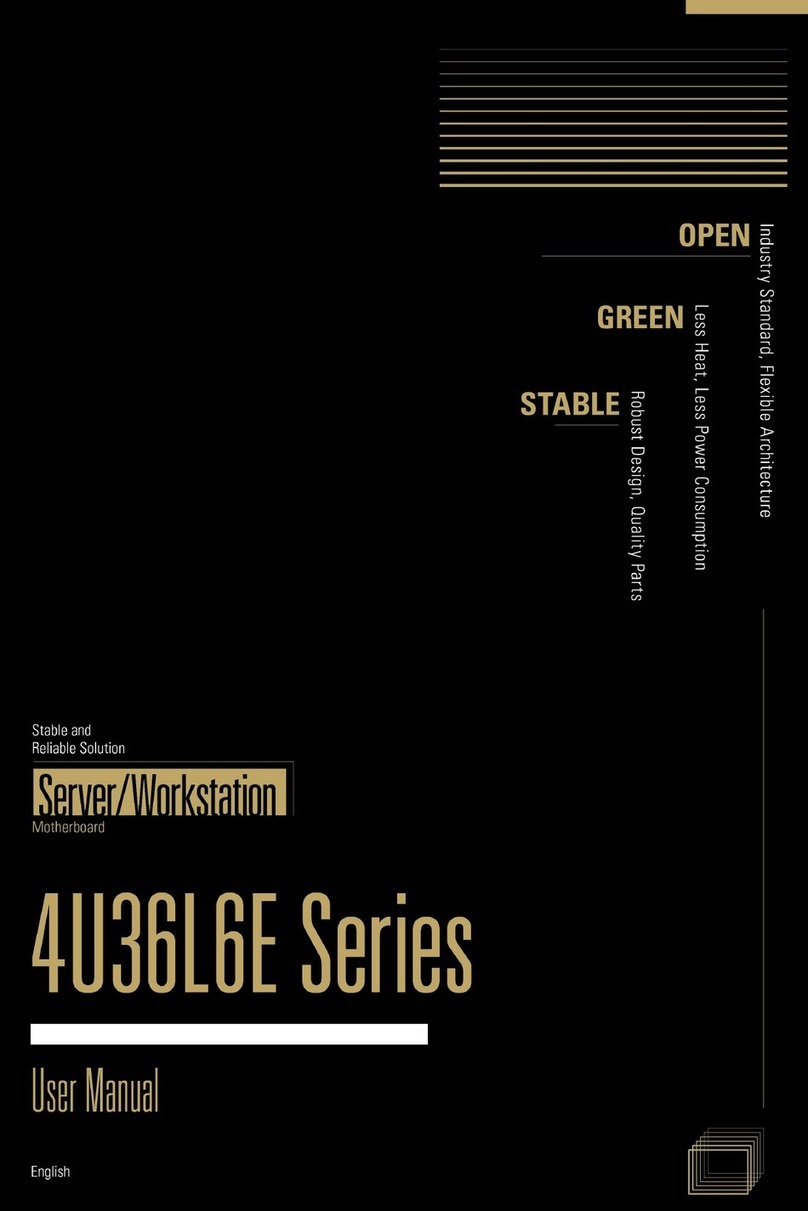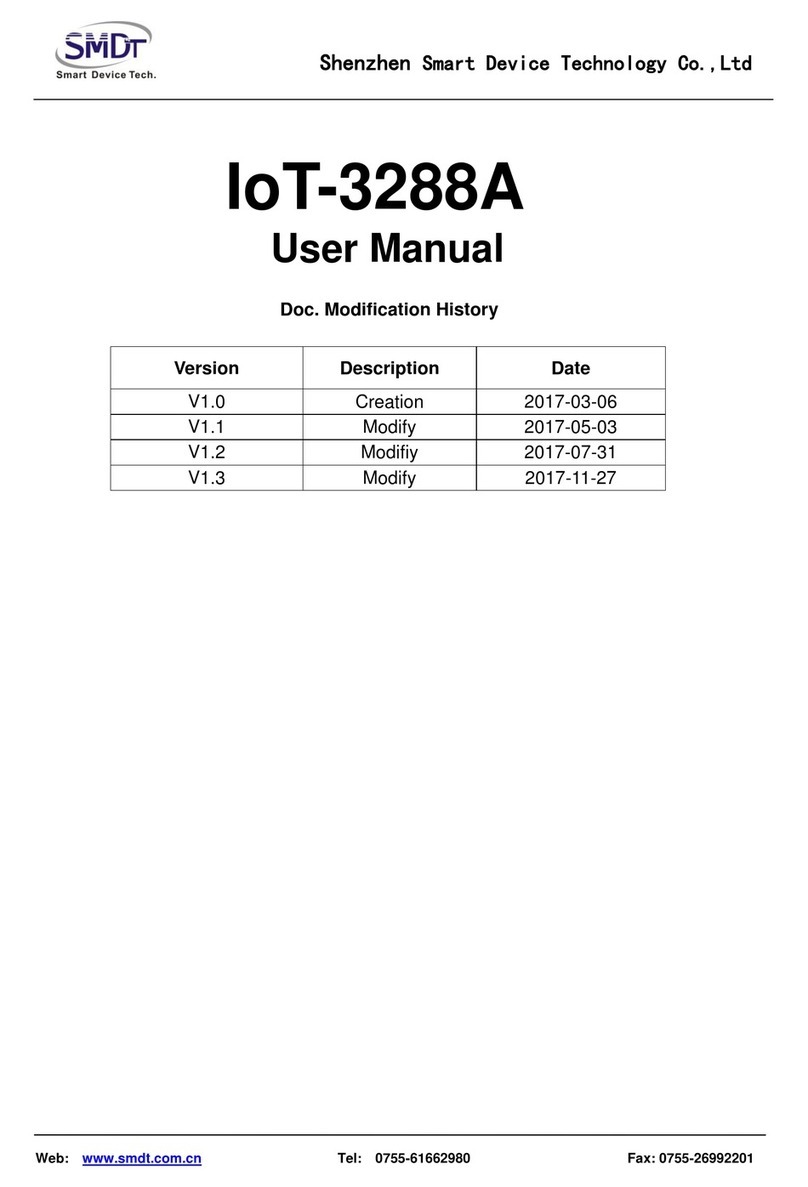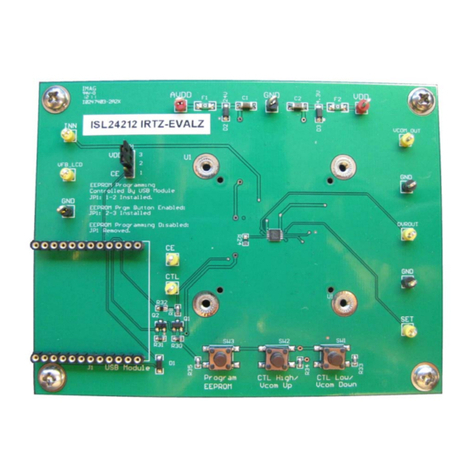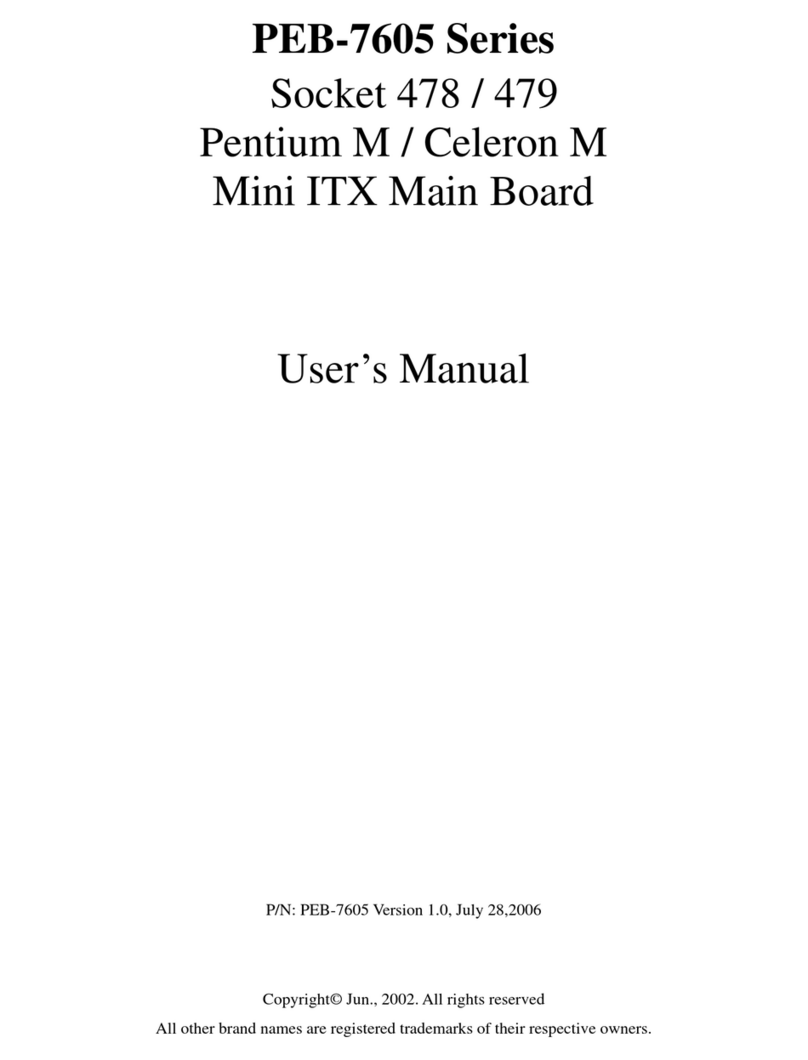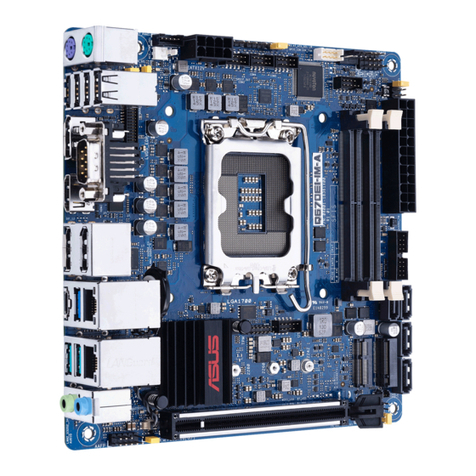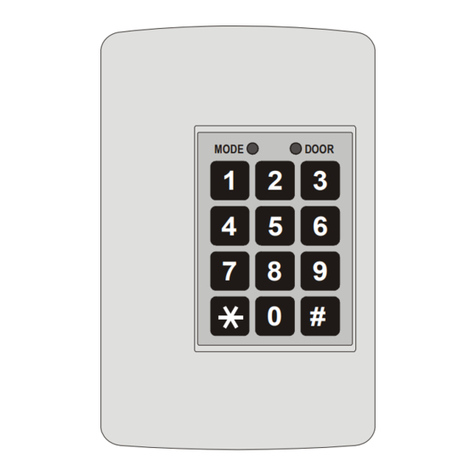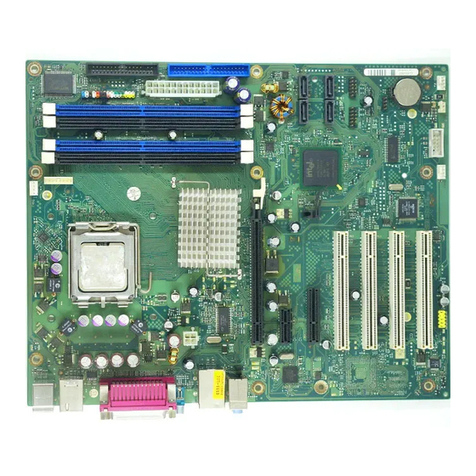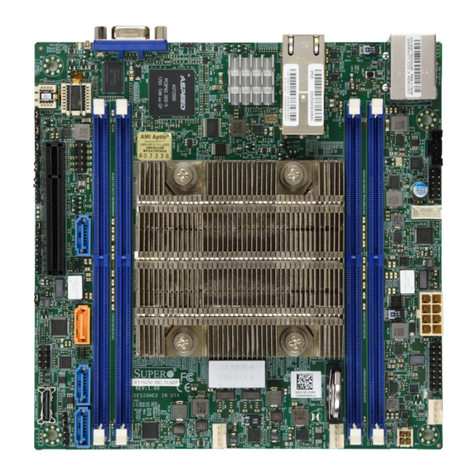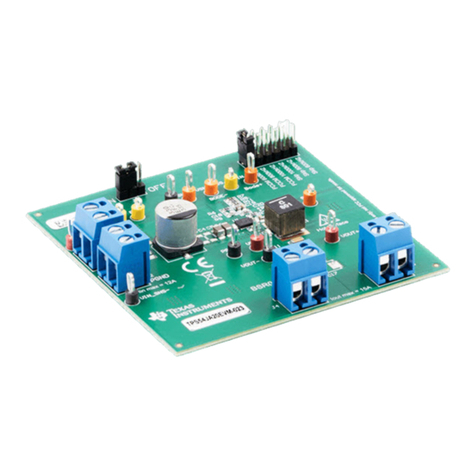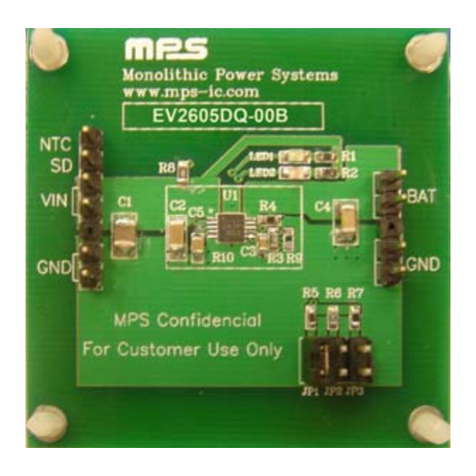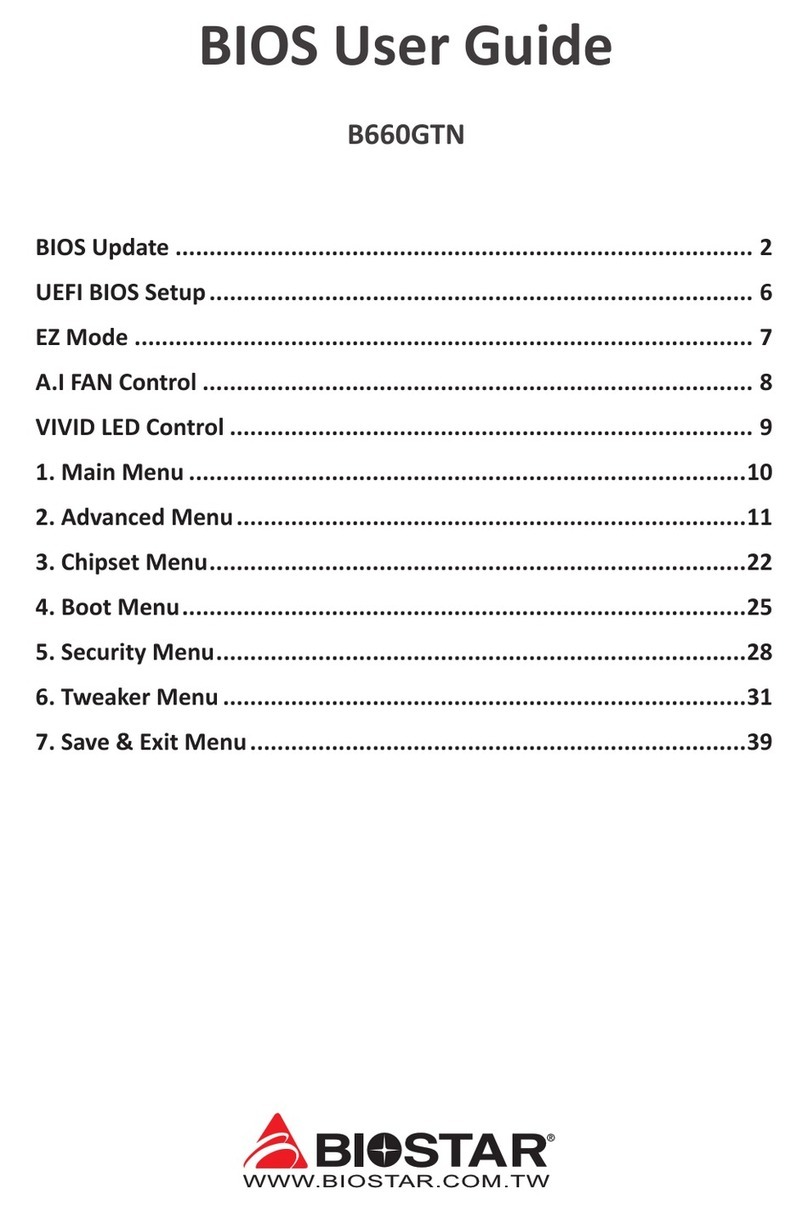
Cette touche mémorisée provoquera la fermeture.
Automatiquement, la touche se trouvant en dessus (canal B) de
celle mémorisée provoquera l’ouverture et la touche se trouvant à
gauche (canal C) de celle mémorisée provoquera l’arrêt.
L’enregistrement d’une autre touche que le canal D donnera
seulement le fonctionnement fermeture générale.
Utilisation de l’entrée commande
L’organe de commande branché entre les bornes 8 et 9 et utilisant
un contact impulsionnel et normalement ouvert permet un
fonctionnement identique à la télécommande.
Vérification du nombre de codes émetteurs
mémorisés
Sur le récepteur, entrer dans le mode programmation en appuyant
sur "PR" jusqu'au moment ou "LR" s’allume.
Relâcher "PR" puis réappuyer sur le bouton "PR" pendant 1
seconde.
Les leds clignotent, indiquant le nombre de codes émetteurs
mémorisés par l'intermédiaire d'une séquence de codes binaires
(voir table de correspondance dans le paragraphe 5).
NE PAS OUBLIER QU'UN MÊME CODE ÉMETTEUR A PU ÊTRE
MÉMORISÉ PLUSIEURS FOIS
8 - GESTION DES CODES ( COLLECTIF)
Vérification de la position d'un code émetteur
dans la mémoire du récepteur
Appuyer sur la touche de la télécommande que vous souhaitez
vérifier, relâcher.
Appuyer sur "PR" au moins 1 seconde. La séquence binaire vous
donne alors la position de l’émetteur dans la mémoire du
récepteur (voir paragraphe A pour la correspondance binaire).
Changer un code dans la mémoire
Vous pouvez supprimer un code émetteur en mémorisant un autre
code dans sa position.
1) Sur le récepteur, appuyer sur "PR", jusqu'au moment ou la led
correspondante s’allume, relâcher "PR".
2) Appuyer pendant une seconde sur "PV".
3) Faire la séquence binaire de 7 bits de la plage à modifier en
utilisant le bouton rouge et le bouton vert.
Exemple de positionnement sur la 42ème position de la mémoire
LR LV LR LV LR LV LR
02080320
0 +2 +0 +8 +0 +32+0 =42
Appuyer sur : PR + PV + PR + PV + PR + PV + PR.
A partir de cet instant la led “LR” s’allume.
Mémoriser le nouveau code en appuyant sur la touche de
l'émetteur souhaité.
L’ancien code est annulé et le récepteur répond au nouveau code
en mémoire.
Ce système de gestion de codes ne permet pas de contrôler si un
code a été mémorisé plus d’une fois.
En conséquence il faut considérer que :
si un émetteur est enregistré deux fois ou plus, il est nécessaire de
le remplacer dans toutes les positions où il a été mémorisé, pour
le supprimer.
il est possible d’utiliser toujours le même émetteur (exemple:
l’émetteur utilisé pour la maintenance) pour supprimer les codes
utilisateurs.
Mémorisation en série des codes
Appuyer sur "PR" jusqu'à l'allumage de la led.
Sans relâcher "PR", appuyer tour à tour sur les touches des
émetteurs à mémoriser.
La prise en compte de chaque mémorisation est signalée par
l'extinction de la led (l'activation du relais se fait dans le même
moment).
La led se rallume, vous pouvez mémoriser une autre touche de
l'émetteur ou d'un autre émetteur.
Mémoire pleine
Quand la mémoire est pleine, c'est à dire que les 85 / 100 cases
mémoires sont occupées, les leds rouge "LR" et verte "LV"
clignotent 3 fois simultanément lorsque l'on désire mémoriser un
nouveau code.
La led du relais sollicité reste allumée 4 secondes puis s’éteint.
Pour utiliser la gestion des codes, il est nécessaire de noter dans
quelle position de la mémoire chaque code émetteur est
enregistré et sur quelle sortie relais.
La gestion des codes est nécessaire dans le cas de la
mémorisation de plusieurs codes émetteurs dans le récepteur pour
une installation collective (100 codes mémorisables de 1 à 100
par exemple).
Principe
La position de la mémoire est indiquée par l’intermédiaire d’une
séquence binaire à 7 bits. Pour prendre note de la position, il faut
se référer à la table de correspondance des codes binaire
indiquée ci-dessous:
Code à 7 bits 1 2 3 4 5 6 7
"LV”
Correspondance 1 2 4 8 16 32 64
Il ne faut prendre en compte que la Led Verte, la Led Rouge étant
égale à "0".
Lecture des leds pour la position 37 dans la mémoire :
- 1ère led allumée : led verte,
- 2ème led allumée : led rouge,
- 3ème led allumée : led verte,
- 4ème led allumée : led rouge,
- 5ème led allumée : led rouge,
- 6ème led allumée : led verte,
- 7ème led allumée : led rouge.
1234567
1248163264
1+0+4+0+0+32 +0 = 37
Suppression des codes émetteurs sur le récepteur
Appuyer sur PR jusqu’au moment où LR s’allume, relâcher PR puis,
de suite, appuyer sur PR et PV simultanément jusqu’au
clignotement des deux leds. Tous les codes en mémoire sont alors
effacés.
7 - SUPPRESSION CODES EMETTEURS
Pag. 12



















